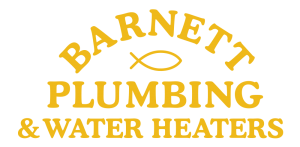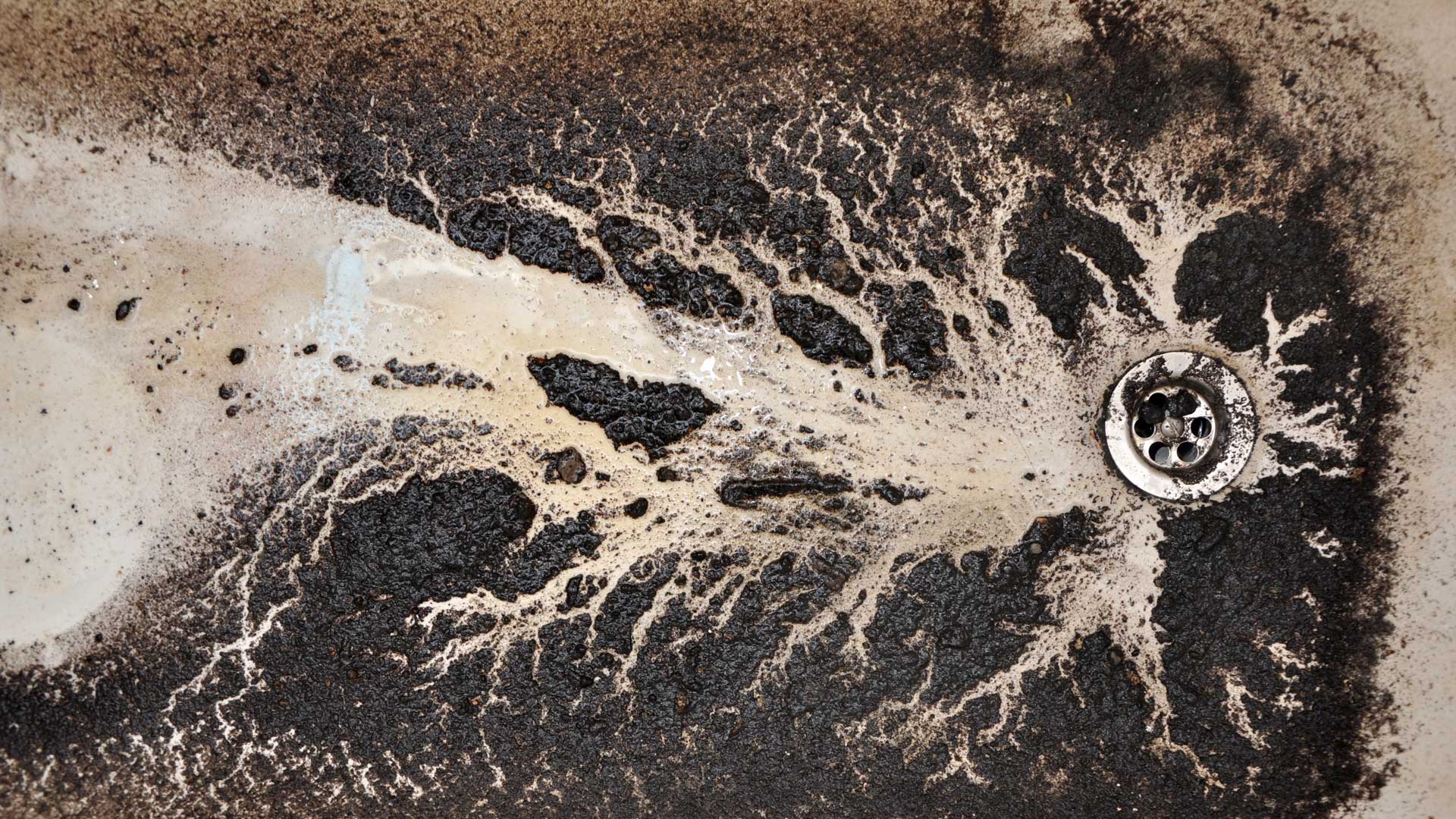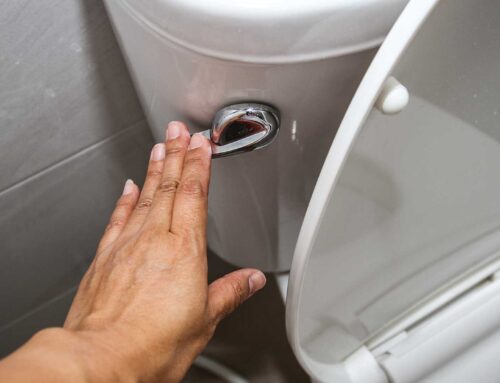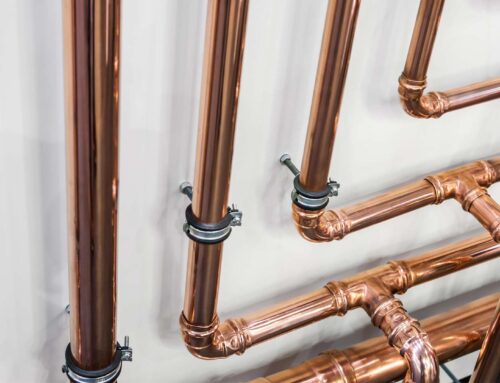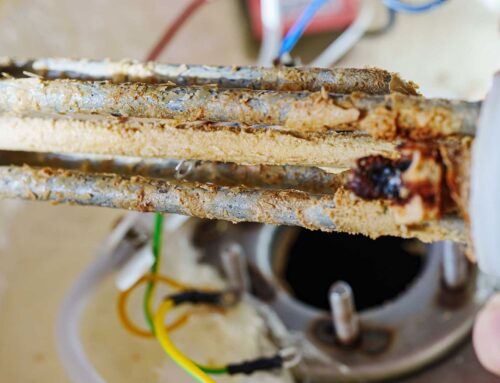Yikes! Having sewage backup into your bathtub after flushing the toilet is both alarming and inconvenient (and gross!). This issue indicates a problem within your plumbing system that needs immediate attention.
Sewage backups occur when wastewater cannot flow freely through the pipes. When you flush your toilet and notice sewage rising in your bathtub, it typically indicates a blockage in your main sewer line.
Several factors contribute to these clogs, making it essential for homeowners to recognize them promptly to prevent extensive damage.
This article explores the primary causes behind sewage backups, identifies key warning signs, and explains how we diagnose plumbing issues using modern techniques like video inspections. You’ll also learn about professional solutions for clearing clogs, as well as guidance on maintaining your plumbing system to reduce future risks.
Main line clogs and their causes
Main sewer line clogs often develop gradually as debris, grease, or tree roots accumulate, sometimes over months or years.
Initial symptoms may be subtle: a slow drain here, a faint odor there. Ignoring those signs increases your risk of catastrophic backups or pipe failures. And nobody wants expensive repairs and property damage.
Tree root intrusion
One of the leading causes of main line clogs is tree root intrusion. Tree roots naturally seek moisture and nutrients, and they can invade underground pipes through tiny cracks or joints. Once inside the pipe, roots expand, creating big blockages that hinder proper flow.
Sewer lines, particularly those made of older materials like clay or Orangeburg (a material often used in post-WWII homes built between 1945 and 1972), are especially vulnerable. Modern materials like PVC are more resistant, but even they can be compromised if installation is faulty or ground shifts occur due to heavy rains or seismic activity.
Accumulation of grease, fats, and oils
Pouring greasy substances down the sink is a frequent mistake that contributes to buildup in pipes. Over time, fats, oils, and grease can solidify and combine with hair, soap residue, and other debris, forming thick masses that restrict or block wastewater flow.
Non-biodegradable items
Everybody likes a clean bum. And “wipe” products are really popular. Marketers put on the packaging that they’re “flushable,” but they really aren’t. (The “flushable” products that make it through your pipes cost US sewage treatment plants more than $1 billion a year in damages, which increases your water and sewer bill.) You can still use them, just toss them in the trash instead of flushing them. You can also call and talk to us about installing a stand-alone bidet or a bidet attachment for your existing toilet.
Other things that shouldn’t be flushed: Sanitary products. And children’s toys (good luck getting your 2 year old to comply with that “no-no”).
Aging infrastructure
Older pipes, especially those made of clay, Orangeburg, or cast iron, may degrade over time. Deterioration can result in weak points that either crack or collapse entirely, contributing to blockages.
Recognizing warning signs of sewer line issues
Identifying the warning signs of a main line blockage is critical so you know when to reach out to a plumber:
Toilet water in your shower
As the title of this article indicates: If flushing your toilet causes water to rise in your bathtub, the source of your issue is likely deep within your plumbing system.
Multiple slow drains
If multiple fixtures in your home are slow to drain or they back up simultaneously, that’s a sign of a possible main line blockage instead of just a problem with an individual drain.
Gurgling noises
Gurgling sounds coming from toilets or drains can indicate that air trapped in the plumbing system is being forced through partially blocked pipes. These noises might increase during peak usage times when multiple fixtures are in use, suggesting that your main line is under stress.
Foul odors and standing water
Foul smells emanating from various drains or stinky water pooling around your outdoor clean outs may indicate a backup condition in your sewer system. These odors are not only unpleasant; they can create an underlying health risk if sewage is seeping into living spaces.
Determining what’s causing your sewage back up (and how bad it is)
Once you observe any of the above warning signs, you need to call a plumber. At Barnett Plumbing & Water Heaters, we use video technology to get you a quick and accurate answer as to why you’re having a sewer backup.
What are video inspections?
Video pipe inspections are the gold standard for diagnosing complex plumbing issues. This involves inserting a high-definition, waterproof camera into your plumbing system via a clean out or access point so we get a real-time video of what’s going on.
Benefits of using video technology to assess main line sewer problems
- Provide accurate visual assessments of blockages, breaks, or cracks.
- Help identify root intrusions and other forms of structural damage.
- Eliminate guesswork, reducing unnecessary digging or disruptive repairs.
- Help us make informed decisions on how to solve your specific problem
When to request a video inspection of your sewer line
The answer to when is “as soon as you notice a problem.” Using video to identify potential issues early can save you considerable money in repairs. By identifying small clogs before they get big, we have more ways to treat them.
Think of the health of your plumbing system like the health of your body. (Your body is basically just one big plumbing network, but that’s probably a topic for a different blog.) Your medical doctor wants to diagnose and treat any illness early because your outcomes are better (and your bill is lower). The same is true for your plumbing problems.
Treatments for clogged main sewer lines
Depending on what shows up on the video inspection, repair options can vary widely—from simple snaking or hydro jetting for minor clogs to more involved replacement of damaged pipe.
Any main sewer line repair starts at the main sewer line clean out
Clean outs allow professionals to reach main sewer lines quickly without tearing into walls or landscaping. Most homes in the Tri-Valley have a main-line cleanout in the yard. The pipes are usually white or black and have a cap that’s 3, 4, or 6 inches in diameter. Most cleanout caps are made of ABS plastic.
Only plumbing professionals should access your main line cleanout. It’s always appreciated if you can locate it before the plumber arrives to begin their assessment.
Snaking
Snaking uses a rotating, flexible auger to break apart soft clogs, remove debris, or retrieve misplaced items. This method is generally effective for minor to moderate clogs and serves as the first line of defense. It does not address root intrusions or substantial buildups within the line.
Mechanical clearing is generally a cost-effective first option for unclogging pipelines without invasive digging.
Hydro jetting
Hydro jetting involves blasting high-pressure water through pipes to remove stubborn blockages, tree roots, and buildup. While more costly, this approach is particularly useful for extensive blockages, ensuring that pipes are thoroughly cleaned and restoring flow efficiently.
It offers a thorough solution for homes with chronic blockages. However, caution is needed for older or weakened pipes that might be damaged by the high pressure.
Full sewer line replacement
Sometimes, the damage is just too great, and you’ll need a full sewer line replacement. This requires more time to install, is more disruptive to your lifestyle and landscaping (temporarily), and is the most expensive. We never like telling a homeowner it’s their only option, but sometimes it is. We promise to work hard to make the replacement as quick and painless as possible.
The best ways to prevent problems with your sewer line
That’s a lot of info about what to do if sewage shows up in your shower, but let’s try to avoid having that happen in the first place. Here’s our “ounce of prevention is worth a pound of cure” advice.
Schedule regular inspections by a plumber
Schedule an inspection every few years, especially if you’ve got an older plumbing system. That way, we can catch small issues before they develop into bigger problems. Concerns? Call and schedule a main line inspection right now so you don’t have to worry about a clog lurking in your system.
Respond to problems right away
If you don’t want to schedule routine inspections, then call us the minute you notice something off: multiple slow drains, gurgling noises coming from your drains, funky odors inside or outside, water pooling around your clean out…
In many cases, we can be at your house the same day you call.
Use safe drain cleaning products
You can regularly treat your drains with enzymatic cleaners. These help maintain a clean and healthy sewer system. I asked around the office, and our plumbers use Green Gobbler Enzyme Drain Cleaner and Zep Drain Defense Enzymatic Drain Cleaner in their homes.
Don’t flush things you shouldn’t
Make sure everyone in your house knows what can and cannot be flushed. Non-biodegradable items, cooking fats, and paper products (even the ones that marketers say are “flushable”) all cause main line clog scenarios.
Be careful where you plant things
Planting trees at a distance from sewer lines lowers your risk of root invasions. When landscaping, consult with an expert to understand the root radius of each species or install root barriers if certain plants must be near your sewer line.
Why Barnett Plumbing & Water Heaters is the best plumber in the Tri-Valley area
Locally owned and operated
“Buy local” applies to more than just Tri-Valley Farmer’s Markets. There’s no big, impersonal VC firm behind Barnett Plumbing & Water Heaters. We’re your neighbors. Our kids go to school together. We’ve been here since 2005, and we’re in it for the long haul.
Same day service
No one has time to wait for a plumbing problem to be solved. Our big yellow trucks are all over the Tri-Valley area. It’s very possible that we can be at your house the same day you call. Most of the time, we can assess a problem and repair it all in the same visit — including installing a new water heater! Our big yellow trucks are stocked and our fast, friendly pros are ready.
Workmanship Warranty
Many of the products we install come with a manufacturer’s warranty. But most installations done by Barnett also include our workmanship warranty. That doesn’t mean things won’t break again or need service in the future, but if we perform a job, it will be done correctly. Ask your technician about the warranty included in your job.
Phil Barnett’s Personal Promise
When you call or schedule an on-site estimate — whether for a repair or a replacement — there will be no pressure. No obligation. We will not sell you a service or piece of equipment you don’t need or want.”
Call today for a free estimate: (925) 294-0171
